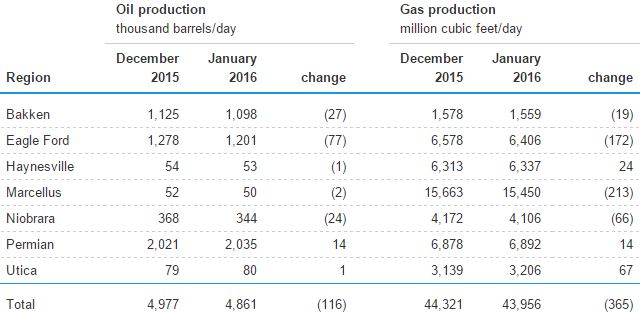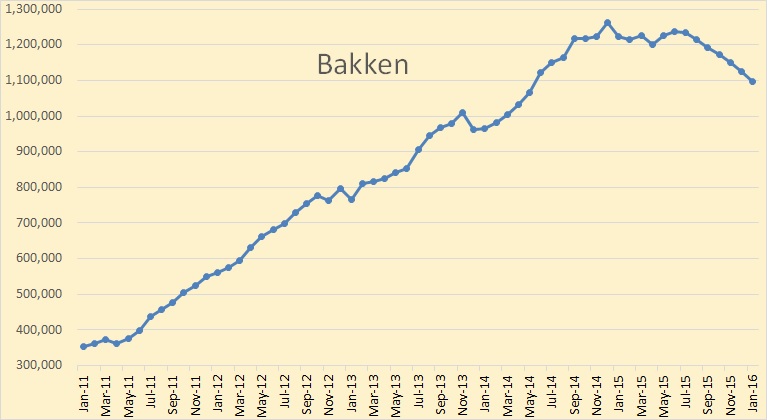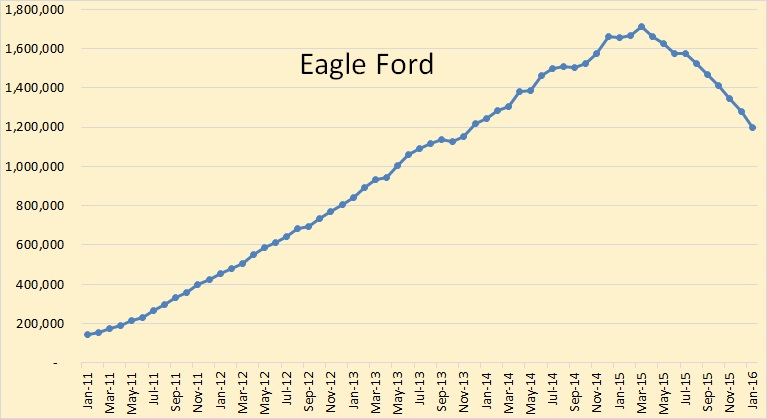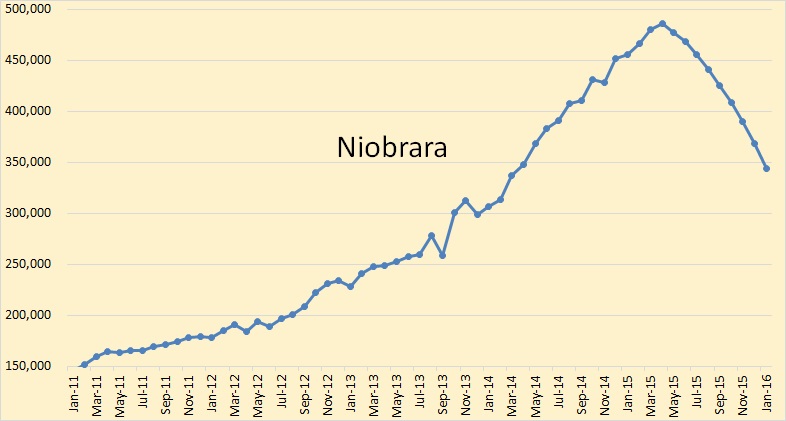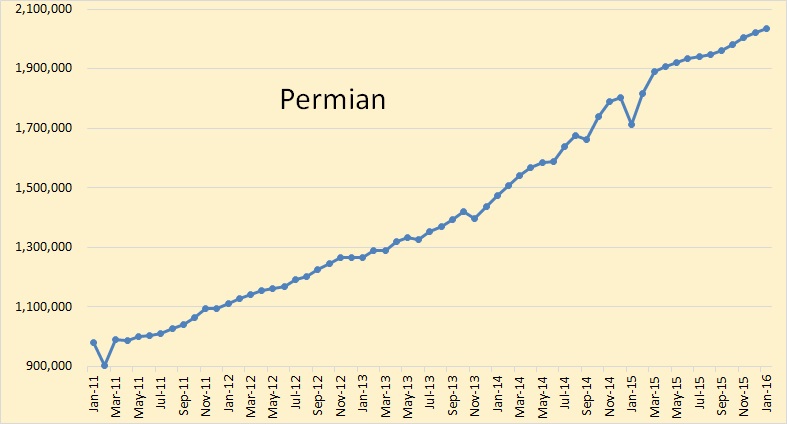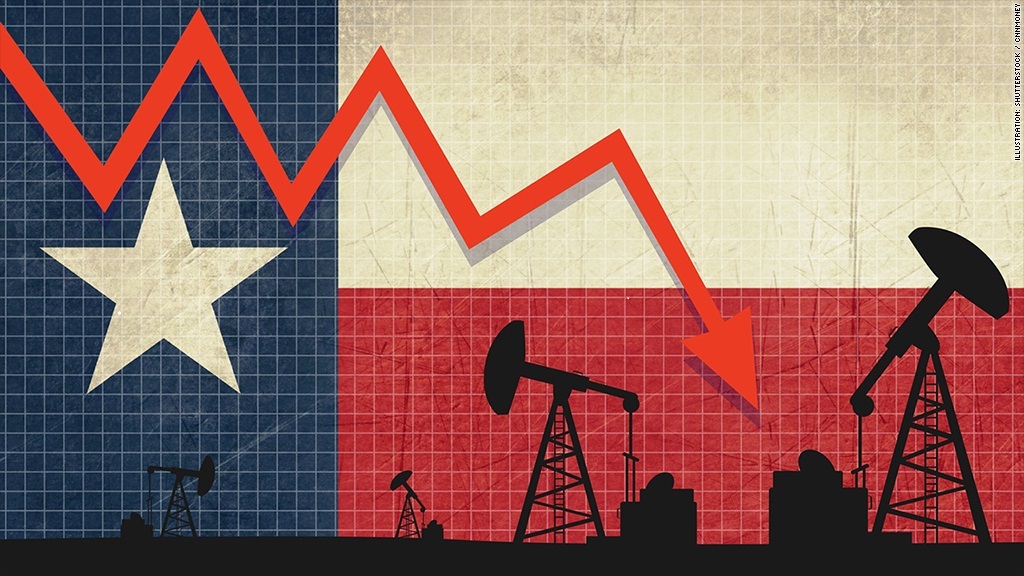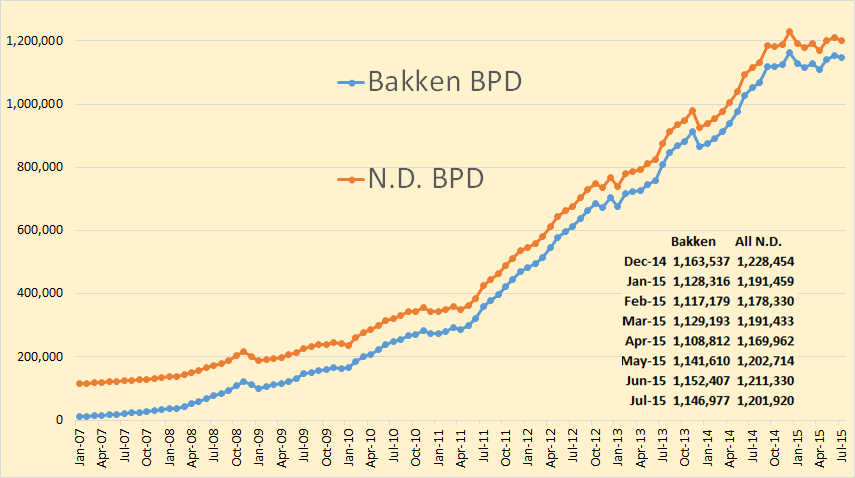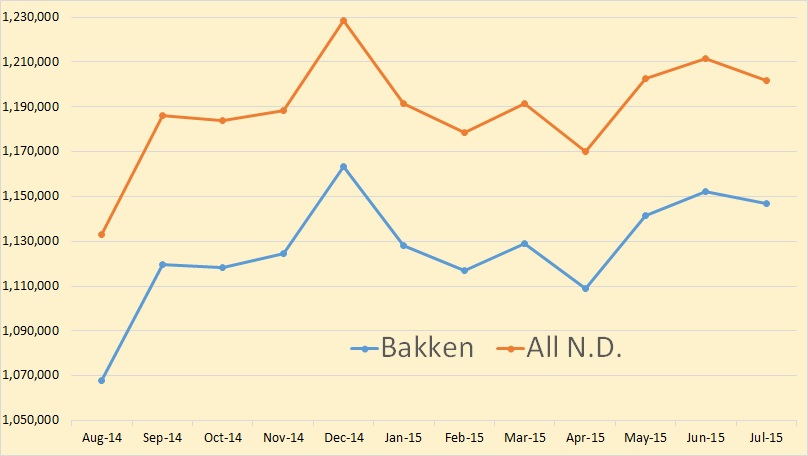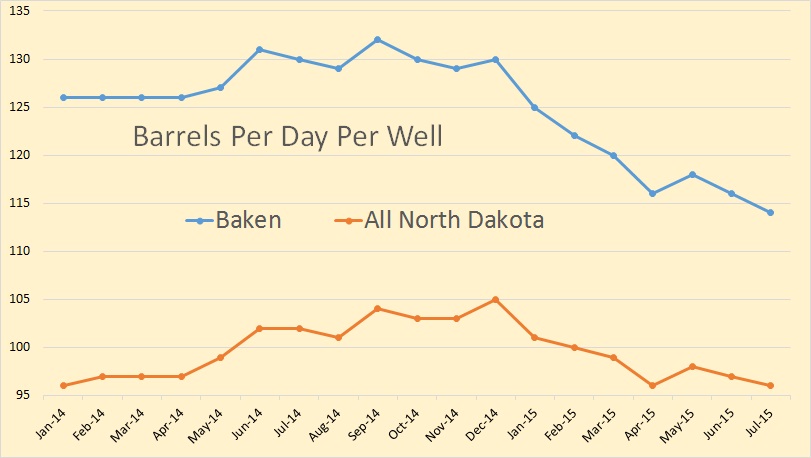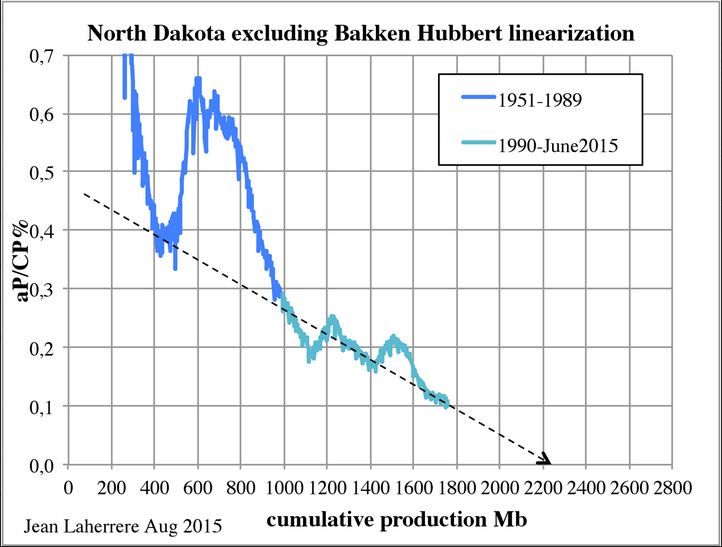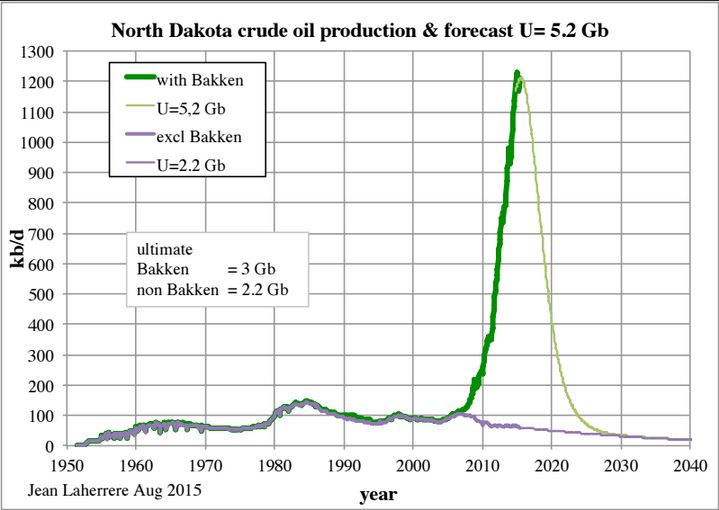Sorry about that. I know that many believe that U.S. shale and tight oil plays are commercial even at current low oil prices but data on the Permian basin and Bakken plays simply does not support that belief.
To make matters worse, Pioneer and EOG have made outrageous claims about Permian basin reserves in their 3rd quarter 2015 earnings reports that no sensible person should believe. Statements like these simply add to the mistaken idea that tight oil plays get a pass on the laws of physics and economics and that somehow the U.S. is going to beat Saudi Arabia as the low-cost “swing producer” of the world. I wish that were true but trust me–based on data, that’s not going to happen.
The Permian basin is one of the oldest producing areas in the United States. It has been thoroughly drilled and is in a hyper-mature phase of development. The Spraberry, Wolfcamp and Bone Springs plays that Pioneer and EOG are pursuing (Figure 1) are really secondary recovery projects in which horizontal drilling and hydraulic fracturing have replaced water and CO2 injection methods used in the past. Few new reserves should be expected. Most of the claims that these companies make are really about higher recovery efficiency of existing reserves.
Related: The Golden Age Of Coal In China Is Over
None of these plays are remotely commercial at present oil prices. In the most-likely per-well reserve case, these plays require break-even oil prices in the range of at least $50-$75 per barrel, and current wellhead prices in the basin are less than $30 per barrel.
…click on the above link to read the rest of the article…






